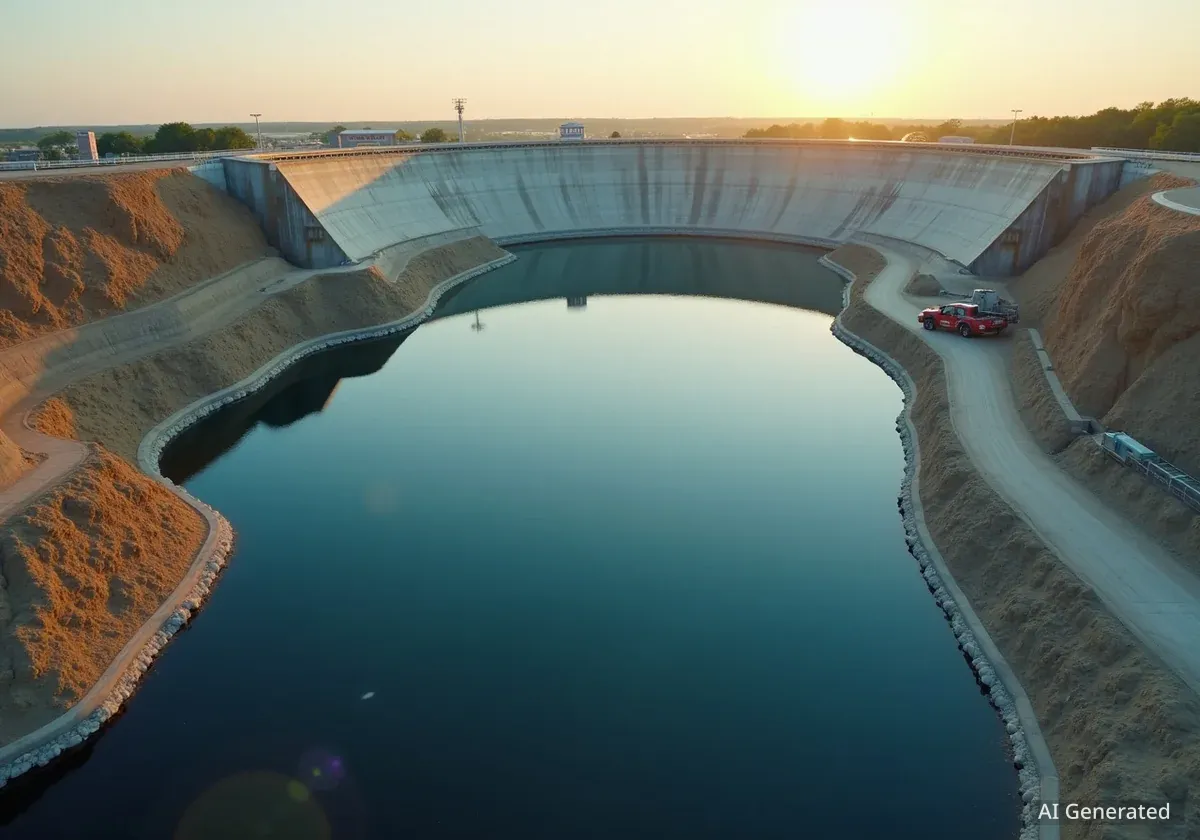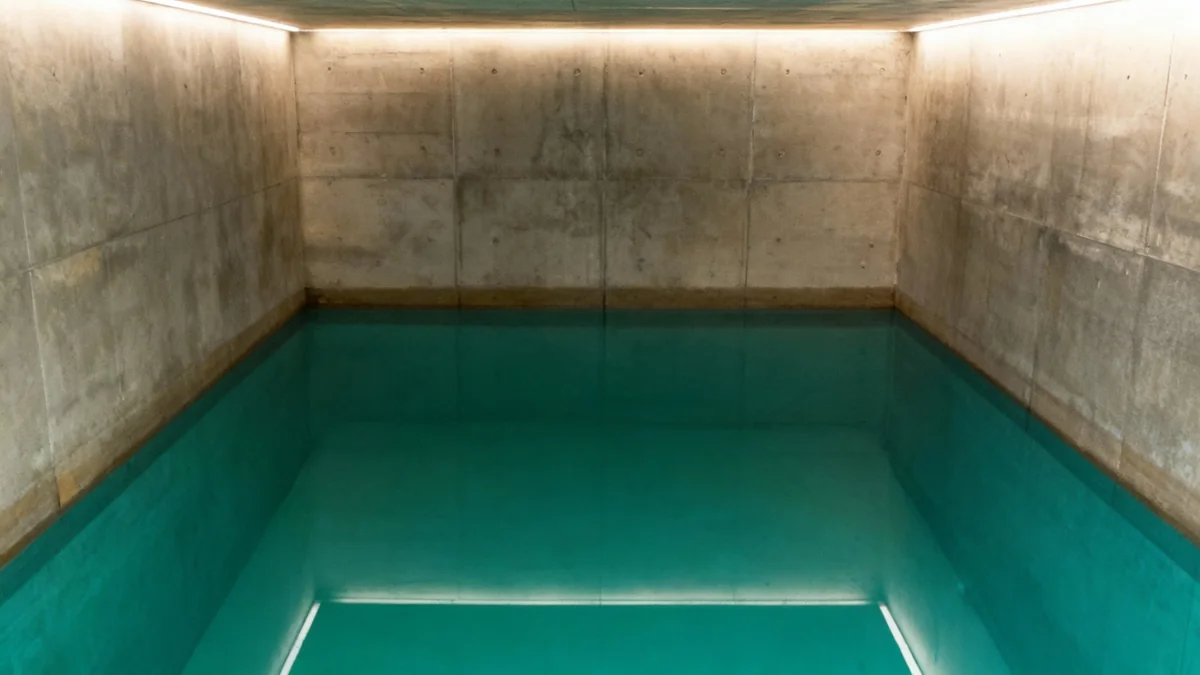The largest drinking water reservoir in the Canton of Bern, the Mannenberg Reservoir, has officially opened. This significant infrastructure project, located between Ittigen and Bolligen, required four years of construction and an investment of 43 million Swiss francs. It replaces an over 100-year-old facility and is designed to supply clean water to approximately 135,000 residents in the region.
Key Takeaways
- Mannenberg Reservoir is now the largest drinking water facility in Canton Bern.
- The project cost 43 million Swiss francs and took four years to complete.
- It replaces an older system that was over a century old.
- The reservoir will serve roughly 135,000 people.
- Specialized concrete was essential for the water basins.
Modern Infrastructure for Water Supply
The new Mannenberg Reservoir represents a major upgrade to the region's water supply system. Its completion marks a milestone in ensuring a stable and reliable source of drinking water for a large part of the Canton of Bern. The previous facility, which had been in service for over a century, could no longer meet modern demands for capacity and safety.
The project involved extensive planning and execution. Engineers and construction teams faced specific challenges, particularly concerning the materials used for the water basins. Ensuring the purity and quality of drinking water was a top priority throughout the entire construction phase.
Project at a Glance
- Location: Between Ittigen and Bolligen
- Cost: 43 million Swiss francs
- Construction Period: 4 years
- Capacity: Serves approximately 135,000 people
- Previous Facility Age: Over 100 years
Advanced Construction Techniques and Materials
One of the most critical aspects of the Mannenberg Reservoir project was the selection and application of materials for the water basins. The construction required the use of specialized concrete. This type of concrete is formulated to be impermeable and durable, ensuring no contaminants leach into the water over time. It also withstands the constant pressure of large volumes of water.
According to project engineers, the concrete mix was carefully designed. It had to meet strict national and international standards for drinking water infrastructure. This involved detailed testing and quality control at every stage of the pouring process. The goal was to guarantee the long-term integrity of the reservoir's structure and the safety of the water it holds.
"The specialized concrete was not just a choice; it was a necessity," stated a lead engineer involved in the project. "It ensures the longevity of the structure and, most importantly, the pristine quality of the drinking water for generations to come."
Ensuring Water Purity: More Than Just Concrete
Beyond the structural elements, maintaining water purity involves a multi-faceted approach. The reservoir integrates modern filtration and treatment systems. These systems work together to remove impurities and ensure the water meets strict public health guidelines. Advanced monitoring technologies are also in place to continuously check water quality.
The design also considers natural processes. For instance, the use of live fish in some water treatment stages is a traditional and effective method. These fish help maintain ecological balance within certain parts of the water system, contributing to natural purification processes. This blend of traditional and modern methods highlights a comprehensive strategy for water management.
The Importance of Water Infrastructure
Reliable drinking water infrastructure is fundamental for public health and economic stability. Aging infrastructure can lead to water quality issues, supply disruptions, and increased maintenance costs. Investing in modern reservoirs like Mannenberg ensures long-term water security and supports community growth.
Switzerland places a high priority on water quality. Its mountainous terrain provides abundant natural water sources. However, effective management and distribution systems are crucial to deliver this resource safely to urban and rural populations alike.
Community Impact and Future Benefits
The completion of the Mannenberg Reservoir brings significant benefits to the local communities. Approximately 135,000 people will directly benefit from enhanced water security. This includes residents in Ittigen, Bolligen, and surrounding areas within the Canton of Bern.
A stable water supply supports local businesses and residential development. It also reduces the risk of water shortages during dry periods. The 43 million Swiss franc investment reflects a commitment to public welfare and sustainable urban planning. The new facility is expected to serve the region effectively for many decades.
The project's official inauguration concluded a four-year period of intensive work. It involved collaboration among various municipal departments, engineering firms, and construction companies. The successful completion underscores the region's dedication to essential public services.
Looking Ahead: Sustainable Urban Development
In other local news, the city of Fribourg is planning a new pedestrian and cycle path. This path will run along an old industrial railway line through the Pérolles district. Such initiatives show a broader trend towards sustainable urban development across Swiss cantons, focusing on both essential infrastructure and improved quality of life for residents.
These projects, whether for water supply or urban mobility, aim to create more resilient and liveable communities. They represent forward-thinking investments that address current needs while planning for future population growth and environmental challenges.




